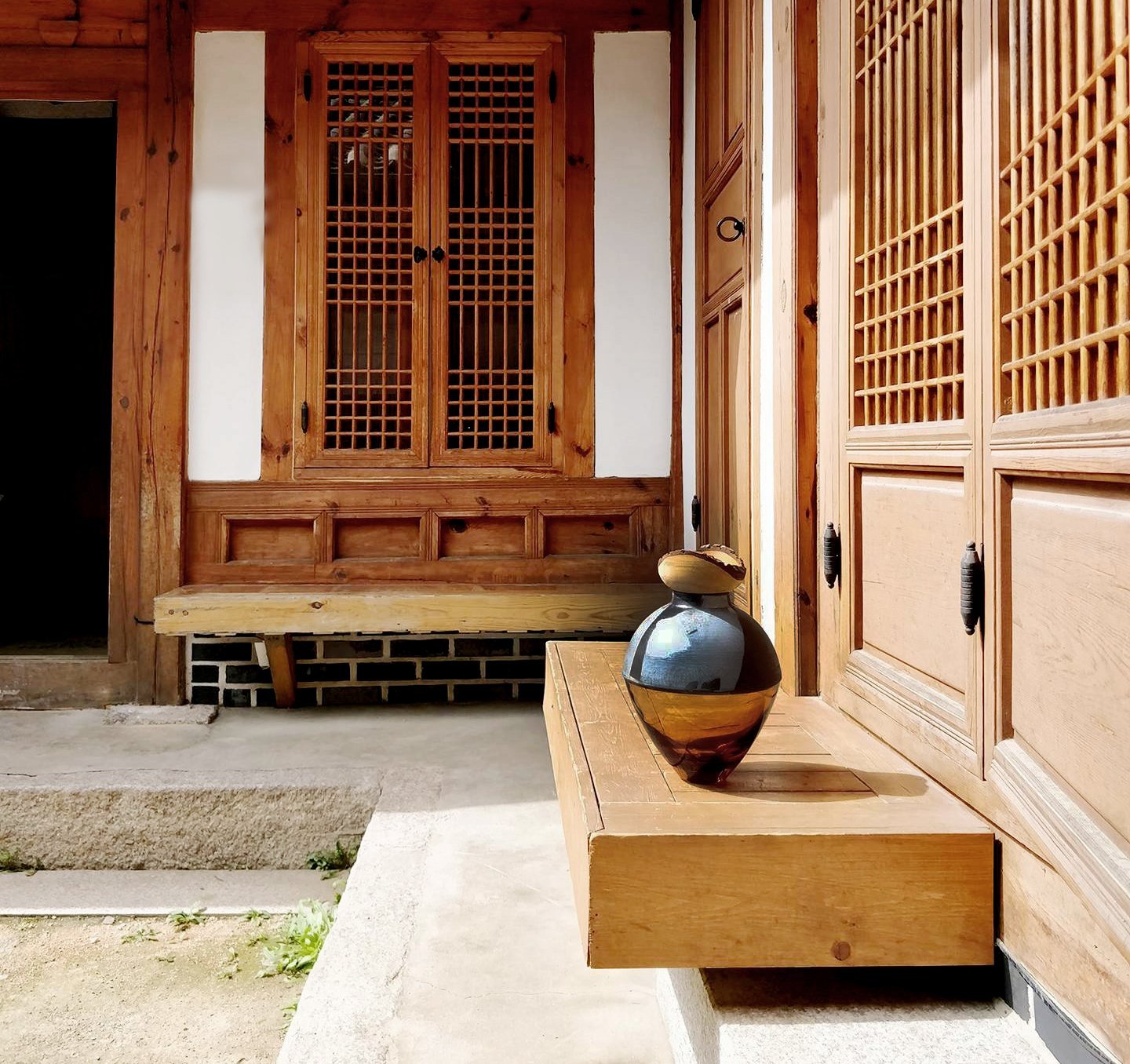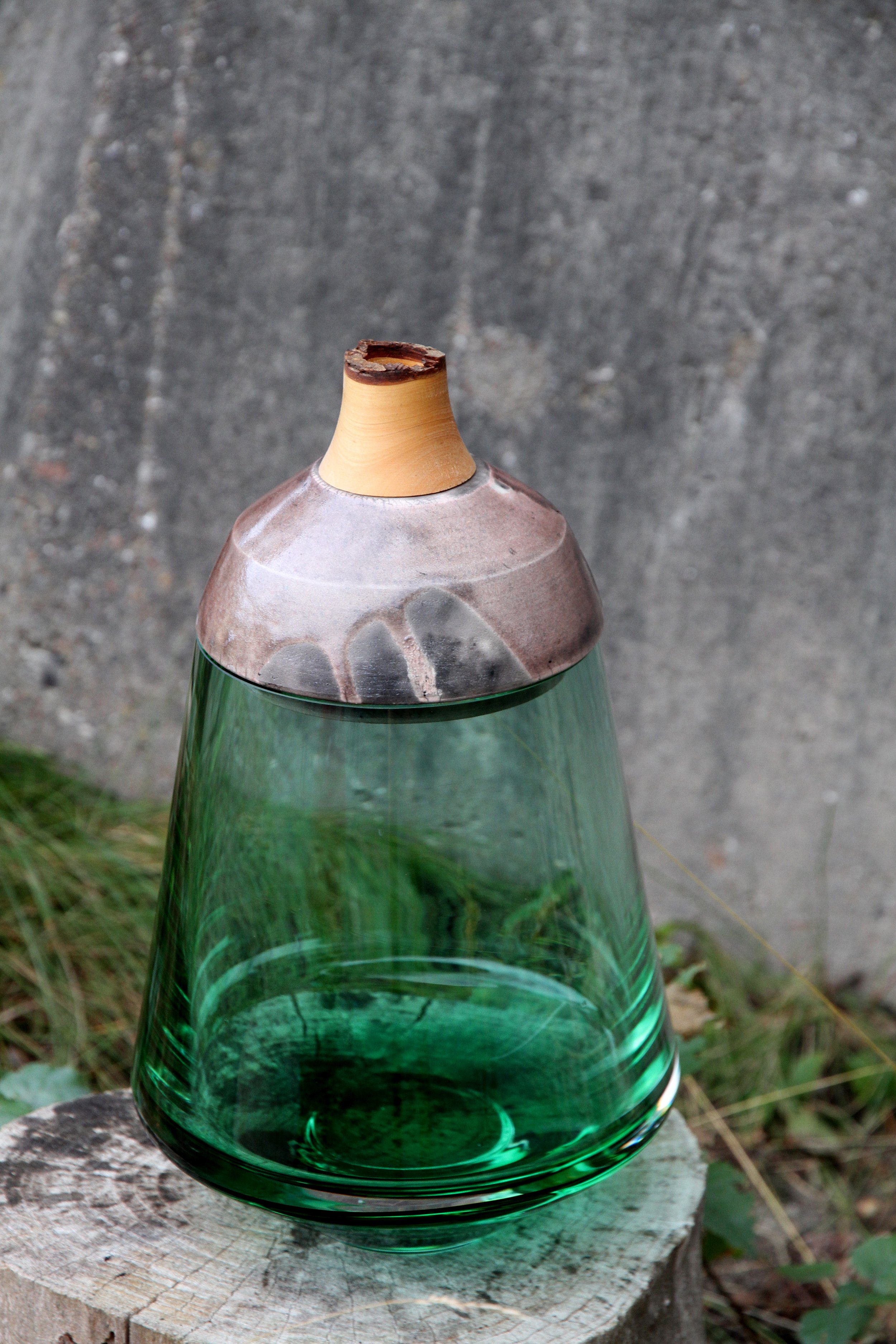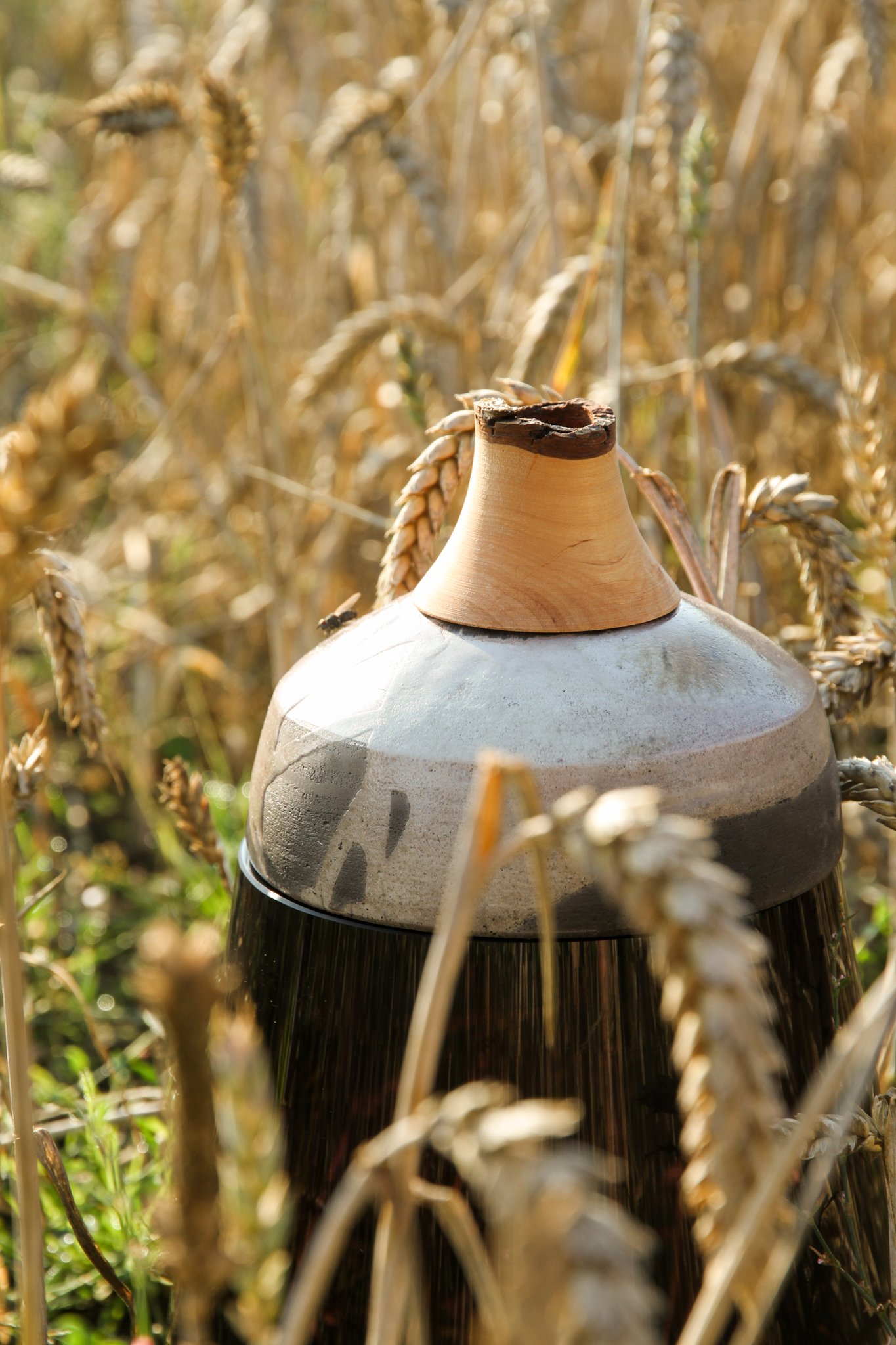The Making of Raku / Where Clay Meets Fire and Chance
Raku is a ceramic firing technique born out of Japanese tradition, where clay meets fire in a raw and unpredictable dialogue. At Utopia & Utility, we’re drawn to its spontaneity, imperfections, and the beauty of transformation.
What is Raku?
Raku is a low-firing ceramic method where pottery is removed from a hot kiln and placed into combustible materials (like sawdust or paper), triggering a smoking reduction process. The resulting cracks, burns, and glaze patterns are unrepeatable, reflecting the element of chance in the making.
This unpredictability is precisely what makes Raku compelling. The outcome isn’t fully controlled by the maker, but rather co-authored by the materials and the fire.
The Philosophy Behind Raku
More than a technique, Raku is a philosophy of embracing imperfection. It values the moment, the process, and the irregular. In a world obsessed with uniformity and control, Raku stands as a reminder that beauty often comes from letting go.
For us, this resonates deeply. At Utopia & Utility, we champion a craft ethos that respects both tradition and experimentation. Raku aligns with that vision—where each object tells its own story, formed through fire and intention.
How We Use Raku in Our Craft
While we don’t use Raku in our production line, it plays an important role in our material research and artistic exploration. The unpredictability of Raku glazes informs how we think about surface, color, and transformation. It encourages us to step outside the comfort zone and embrace risk in craft.
Some of our early vessel prototypes and small studio projects incorporate Raku-fired components—each one unique, each marked by fire and smoke.








